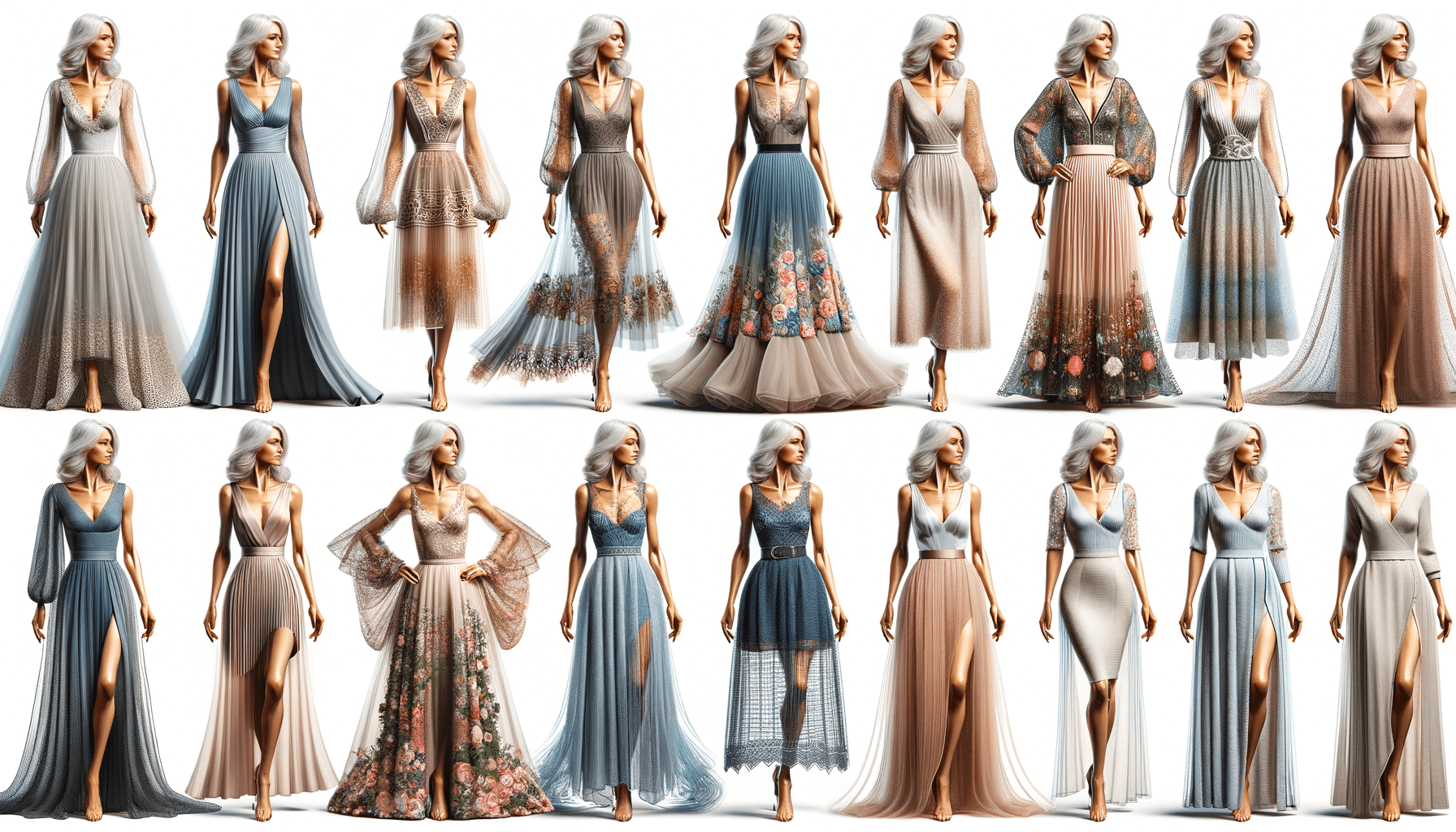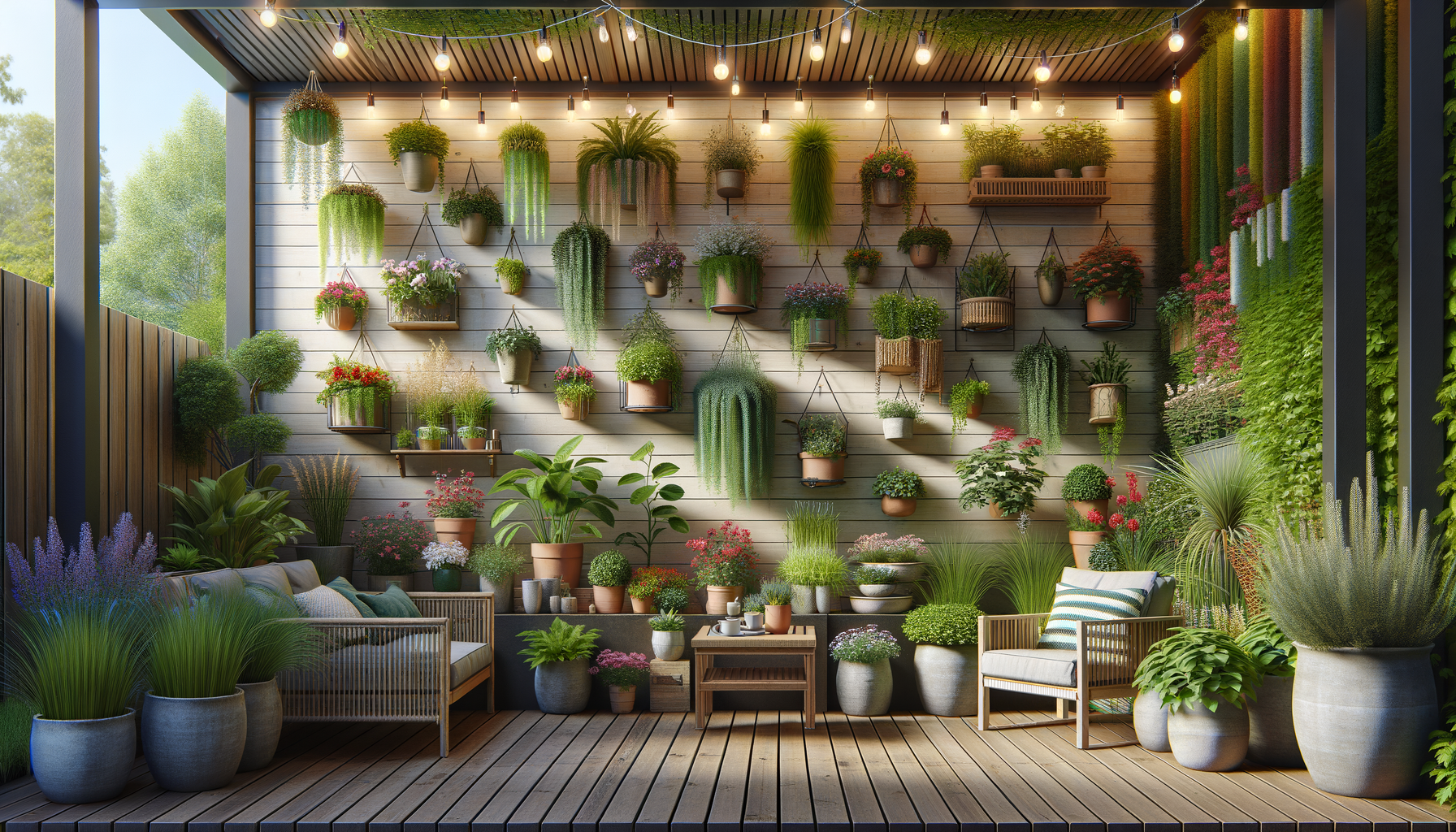Understanding the Needs of Older Women
As women age, their fashion needs evolve, requiring a balance between style, comfort, and practicality. Dresses for older women are crafted to address these unique requirements. The fashion industry has become increasingly aware of the necessity to offer clothing that not only looks good but also feels comfortable and supports the changing body shapes and mobility considerations of older women.
Older women often look for dresses that provide ease of movement and are easy to wear. Fabrics that are soft and breathable, such as cotton or linen, are preferred for their comfort and ease of maintenance. Additionally, designs that offer flexibility, such as wrap dresses or those with elastic waistbands, are highly valued for their adaptability to different body shapes.
Moreover, older women may face challenges such as arthritis or other mobility issues, making it essential for dresses to be easy to put on and take off. This has led to the popularity of front-zip or button-down dresses that eliminate the struggle often associated with clothing changes. The focus is on creating garments that maintain dignity and independence, allowing older women to dress without assistance if they choose.
Ultimately, dresses for older women are about embracing the stage of life with confidence and grace. They combine practicality with elegance, ensuring that older women can continue to express their personal style while accommodating their evolving needs.
Timeless Styles and Their Appeal
Timeless styles hold a special place in the wardrobes of older women. These styles transcend trends, offering a classic appeal that is both elegant and versatile. Among these are the shift and A-line dresses, which are renowned for their flattering silhouettes that suit various body types.
Shift dresses are particularly favored for their straight, loose fit that skims the body without clinging. This style is not only comfortable but also chic, making it a go-to option for both casual and formal occasions. Shift dresses can be found in a variety of fabrics and patterns, allowing for personal expression while maintaining a classic look.
A-line dresses, with their fitted bodice and flared skirt, offer another timeless option. They accentuate the waist while providing comfort and ease of movement. This style is adaptable to various settings, from a day out to an evening event, and can be dressed up or down with accessories.
Wrap dresses also deserve mention for their ability to adjust to body changes. The wrap design allows for a customizable fit, making it a versatile choice for women experiencing fluctuations in size. The wrap dress is celebrated for its feminine silhouette and is available in numerous prints and colors, providing endless possibilities for personal style.
These timeless styles are not only about aesthetics but also about empowering older women to feel confident and stylish. They offer a sense of continuity and familiarity, allowing women to embrace their age with grace and poise.
The Role of Color and Patterns
Color and patterns play a significant role in the fashion choices of older women. They are not merely decorative elements but also tools for self-expression and mood enhancement. Understanding how to use color and patterns effectively can transform a simple dress into a statement piece.
Older women often gravitate towards colors that complement their skin tones and reflect their personalities. Soft pastels and neutral shades are popular for their understated elegance and versatility. These colors can be easily paired with various accessories, providing a foundation for a cohesive wardrobe.
However, bold colors should not be overlooked. Vibrant hues such as royal blue, emerald green, and deep red can add a pop of color and energy to an outfit. These colors can be particularly uplifting, making them a wonderful choice for special occasions or when a confidence boost is needed.
Patterns also offer a way to inject personality into a dress. Floral prints, polka dots, and geometric patterns are timeless choices that can add interest and dimension to an outfit. When selecting patterns, it’s important to consider scale; smaller, subtle patterns tend to be more flattering and less overwhelming.
Ultimately, the use of color and patterns allows older women to express themselves creatively through fashion. It’s about finding the right balance and combinations that reflect individual style while enhancing natural beauty.
Accessorizing for Elegance and Practicality
Accessories are the finishing touches that can elevate any dress, adding both elegance and functionality. For older women, choosing the right accessories involves a thoughtful approach that considers both style and practicality.
Scarves are a versatile accessory that can add a splash of color or pattern to a dress. They can be draped over the shoulders for warmth or tied around the neck for a chic look. Scarves also offer the practical benefit of warmth in cooler settings, making them a staple in many wardrobes.
Jewelry is another way to personalize a dress. Statement necklaces or earrings can draw attention to the face and add a touch of glamour. When selecting jewelry, it’s important to consider comfort and ease of wear, opting for pieces that are lightweight and easy to put on and remove.
Footwear is an essential component of any outfit, and for older women, comfort is paramount. Low-heeled or flat shoes that offer support and stability are ideal. There are many stylish options available that do not compromise on comfort, allowing women to maintain their style without sacrificing foot health.
Handbags are both a practical necessity and a fashion statement. Choosing a bag that complements the dress and is easy to carry is important. Crossbody bags or those with comfortable straps can offer convenience and ease of use.
By carefully selecting accessories, older women can enhance their dresses and express their personal style. Accessories provide an opportunity to add individuality to an outfit, ensuring that each ensemble is both stylish and functional.
Shopping Tips for Finding the Right Dress
Finding the right dress involves more than just selecting a style or color; it’s about ensuring the dress meets the wearer’s needs and preferences. Here are some tips to help older women make informed choices when shopping for dresses:
- Know Your Measurements: Understanding your current measurements is crucial for finding a dress that fits well. Sizes can vary between brands, so having accurate measurements helps in selecting the right size.
- Consider the Occasion: Think about where you plan to wear the dress. This will guide your choice in terms of style, fabric, and level of formality.
- Focus on Fabric: Opt for fabrics that feel comfortable against the skin and are easy to care for. Natural fibers like cotton and linen are breathable and ideal for everyday wear.
- Try Before You Buy: If possible, try on dresses before purchasing to ensure they fit well and feel comfortable. Pay attention to how the dress moves with your body and whether it allows for ease of movement.
- Seek Versatility: Look for dresses that can be styled in multiple ways with different accessories, allowing for a range of looks from one piece.
By keeping these tips in mind, older women can find dresses that not only fit well but also enhance their personal style and meet their lifestyle needs. Shopping becomes an enjoyable experience when the focus is on finding pieces that bring joy and confidence.




Leave a Reply